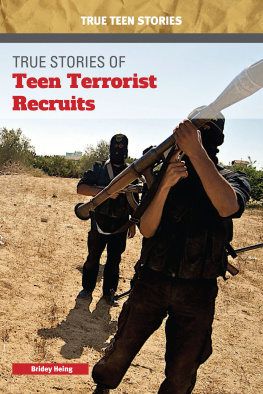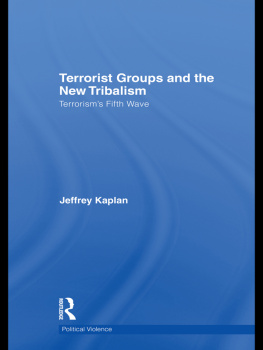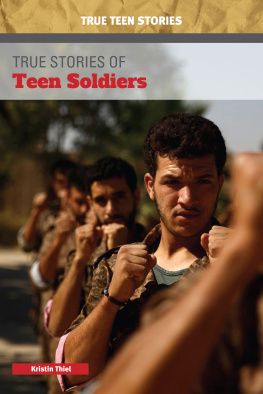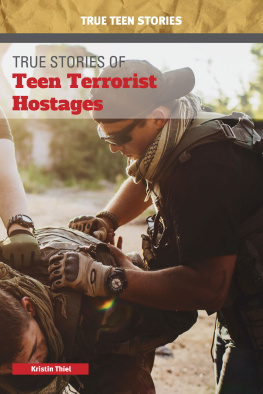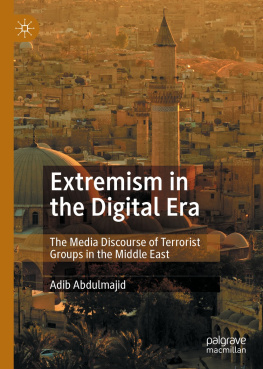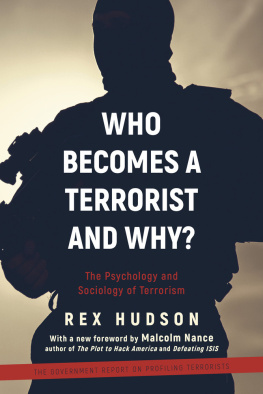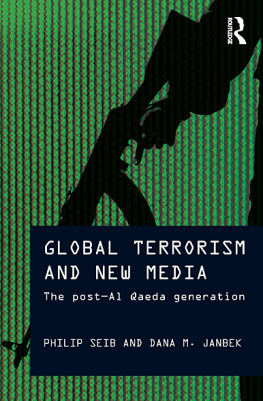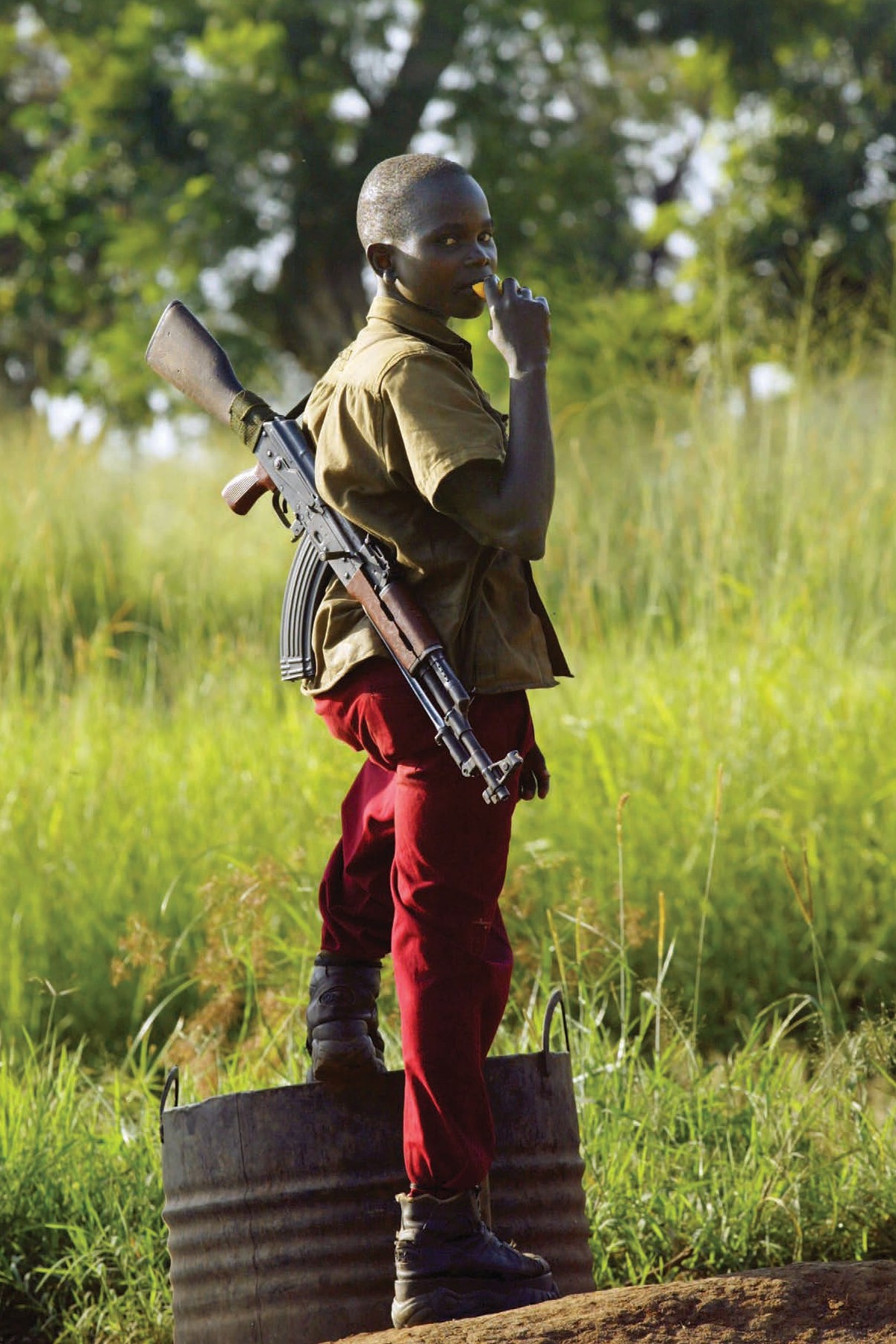Published in 2018 by Cavendish Square Publishing, LLC
243 5th Avenue, Suite 136, New York, NY 10016
Copyright 2018 by Cavendish Square Publishing, LLC First Edition
No part of this publication may be reproduced, stored in a retrieval system, or transmitted in any form or by any meanselectronic, mechanical, photocopying, recording, or otherwisewithout the prior permission of the copyright owner. Request for permission should be addressed to Permissions, Cavendish Square Publishing, 243 5th Avenue,
Suite 136, New York, NY 10016. Tel (877) 980-4450; fax (877) 980-4454.
Website: cavendishsq.com
This publication represents the opinions and views of the author based on his or her personal experience, knowledge, and research. The information in this book serves as a general guide only. The author and publisher have used their best efforts in preparing this book and disclaim liability rising directly or indirectly from the use and application of this book.
All websites were available and accurate when this book was sent to press.
Cataloging-in-Publication Data
Names: Heing, Bridey.
Title: True stories of teen terrorist recruits / Bridey Heing.
Description: New York : Cavendish Square, 2018. | Series: True teen stories | Includes index. Identifiers: ISBN 9781502631688 (library bound) | ISBN 9781502634047 (paperback) | ISBN 9781502631695 (ebook)
Subjects: LCSH: Terrorists--Recruiting--Juvenile literature. | Terrorism--Religious aspects--Islam--Juvenile literature. | Teenagers--Social conditions--Juvenile literature. Classification: LCC HV6431.H43 2018 | DDC 363.325--dc23
Editorial Director: David McNamara Editor: Caitlyn Miller Copy Editor: Alex Tessman Associate Art Director: Amy Greenan Designer: Deanna Paternostro Production Coordinator: Karol Szymczuk Photo Research: J8 Media
The photographs in this book are used by permission and through the courtesy of: Cover ZUMA Press/Alamy Stock Photo; p. 4 Patrick ROBERT/Corbis/Getty Images; p. 8 Balkis Press/Sipa via AP Images; p. 10 RICKY GARE/EPA/Newscom; p. 12 Artur Widak/NurPhoto/Getty Images; p. 14 Ron Edmonds/AP Images; p. 16 Wikita/Wikimedia Commons/File:Little Insurgent Monument in Warsaw 01.JPG/Public Domain; p. 26, 30 MATT BROWN/AFP/Getty Images; p. 28 Adam Pletts/ Getty Images; p. 34 Wolfgang Kumm/picture-alliance/dpa/AP Images; p. 37 Sam Farmar/Getty Images; p. 39 GIANLUIGI GUERCIA/AFP/Getty Images; p. 41, 63 Pavalena/Shutterstock.com; p. 43 CIAT/Wikimedia Commons/File:Pineapple farm lo (4108919878).jpg/CC BY SA 2.0; p. 44, 47, 83 AP Images; p. 49 AFP/Getty Images; p. 53, 56 Jonas Gratzer/LightRocket/Getty Images; p. 61 Jan Kvita/Shutterstock.com; p. 64 Alamy Stock Photo; p. 67 Al-Furqan Media/Anadolu Agency/ Getty Images; p. 68 Good/TNS/Newscom; p. 70 Europics/Newscom; p. 73 Metropolitan Police/ AP Images; p.79 TASS/Getty Images; p. 80 Pictures From History/Newscom; p. 90 Samir Bol / Anadolu Agency/Getty Images; p. 93 ANDREW HOLBROOKE/Corbis/Getty Images.
Printed in the United States of America
Contents
Opposite: As non-state actors and terrorist organizations have become driving forces in conflict, teenage recruits have been used in higher numbers. Here, a Congolese boy serves in a militia.
T he way wars are being fought is changing. Where once militaries met on the battlefield, today fighting is more complex, blurring the line between combatants and civilians. Terrorist organizations and non-state actors are able to create chaos and cause widespread suffering with a small group of leaders and improvised weapons. These organizations are also able to recruit and use a vulnerable population that can be manipulated into carrying out attacks without calling attention to themselves: teenagers.
Teens have played a role in conflict for as long as war has existed. Although today we think teenagers are distinct from adults and children, for most of history, young people were considered fully grown at a much earlier age. They therefore were able to participate in war. Today most countries have rejected the notion that youths under the age of eighteen can take part in conflict. But terrorist organizations around the world do not. As a result, terrorists actively recruit young boys and girls to carry out a variety of tasks and missions.
Due to the hundreds of conflicts around the world that involve terrorist organizations or militias ,another line that isnt clear is the difference between child soldiers and terrorist recruits. For many teens, the struggles and experiences between serving as a child soldier and carrying out acts of terror are extremely similar. In some countries, including the Philippines, the government will work with non-state actors, some of which might use teenage recruits to carry out attacks against opposition groups. This can make it even more difficult to draw the line between terrorist recruits and child soldiers. The difference is especially difficult to distinguish in cases when these young people are fighting on both sides of the conflict, as we see in Syria.
According to the organization War Child, there are an estimated three hundred thousand people under the age of eighteen taking part in conflicts around the world as of 2015. It is difficult to know how many of them are fighting on behalf of terrorist organizations rather than on behalf of government forces, or even how many of them are considered teenagers. The nature of terrorist recruitment is secretive and obscured, making it hard to know how many teenagers are fighting with a terrorist group at any given time or how many have died while carrying out suicide attacks.
Terrorist organizations are interested in recruiting teenagers for a variety of reasons, including their lack of criminal records and a still-developing sense of self, which makes them easier to manipulate emotionally. Young people are also less afraid than adults, meaning its possible to encourage them to carry out deadly attacks. In some cases, such as in the Lords Resistance Army (LRA) , fear is used to make young people cooperate with the organization. But in others, like with ISIS , a complex process of radicalization is undertaken to make the young person identify with the group and become loyal to its leadership. Sometimes terrorist organizations are able to provide pay or access to things like food, which can be very valuable in places where those kinds of resources are scarce. All of these methods are manipulative and coercive and can lead young people to make decisions they regret forever.
Like child soldiers, teenage terrorist recruits who are able to escape the cycle of violence that is part of belonging to a terror group must be treated with care and patience as they adjust to life after fighting. Some require medical care as they recover from injuries or mental health treatment as they work through trauma they experienced. Many of these young people miss out on crucial years of education. Some teenage girls become pregnant or have children due to sexual abuse at the hands of terrorists. Providing them with opportunity is one of the best ways to ensure they do not once again become radicalized or abducted.

